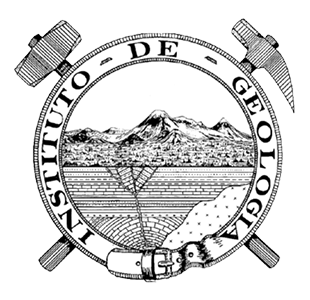Abstract
The objectives of this study are: (1) to determine the main physical, chemical, petrographic and mineralogical properties of the soils and the indurated layers of the study area; (2) to establish the horizon and profile development; and (3) to state hypotheses about the genesis of both.
The main results are: (a) the three studied profiles show poor evolution, because of climate unencouraging to soil formation and felsic nature of the parent material; (b) the roundness and sphericity of the mineral particles are due to their aerial deposition; (c) the resistance to simple compression demonstrates that the studied indurated layers present specific diagnostic characteristics, that do not correspond to reports of other authors; (d) in profile 2, the total oxides losses and gains are consistent with the climate conditions on the zone; (e) petrographic study shows that indurated layers are tuffs moderately consolidated, with secondary pedogenetic processes.
The most important conclusions are: (a) the field morphologic classification indicates a limited evolution of the soils; (b) the white fragipans resistance to simple compression presents low values in two cases and intermediate in the third one; (c) the total oxides analysis, in such layers, identifies them as pyroclastic materials of felsic nature that present a low weathering grade; (d) the microanalysis of cement shows that this material is made up of silica gel that cementing clays.

This work is licensed under a Creative Commons Attribution 4.0 International License.







